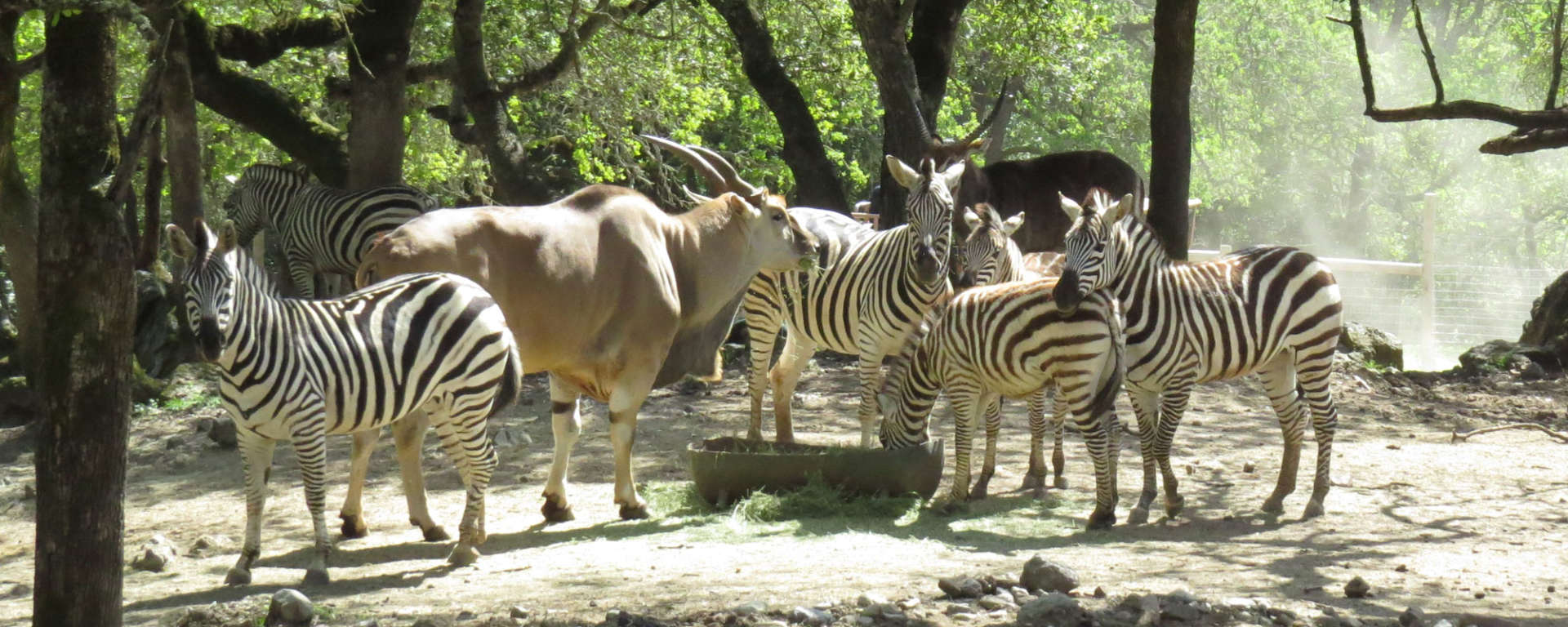Safari West Meets Big Data: a Win for Wildlife
Posted in: Conservation, News
A recent publication in the scientific journal Proceedings of the National Academy of Sciences reveals a startling truth. We humans know a lot about ourselves, but shockingly little about the other species on this planet. Though humans have described thousands of species, we lack basic information—such as fertility and survival rates—on most of them. 98% of known species of mammals, reptiles, birds, and amphibians to be precise. This massive gap in our library of knowledge has major implications for conservation.
Endangered Species and Educated Guesses
How do we determine whether or not a species is in danger of extinction? Just as important, how do we work out the best way to conserve them? The answers to both questions require reliable figures on how these species live in the wild. We need to know how long the species lives, how often they reproduce, and how many of those young survive. Historically, we’ve been forced to make do with educated guesses based on what we know about similar species. When looking at an endangered frog for example, we may need to substitute data from a better understood and more common frog species. If the common frog species breeds annually, perhaps we can assume the endangered species does as well. The risk of course is that even our best guesses may turn out to be wrong.
Species360 Steps In
Species360 is a nonprofit organization that shares a long history with Safari West. It manages a database we affectionately call ZIMS, or the Zoological Information Management System. Safari West and 1,100 other wildlife and scientific facilities in 96 countries update ZIMS regularly with data from the animals in our care. Safari West has contributed to ZIMS since 1987 and provided valuable data on 270 different species and 4707 individual animals! When Species360 added ZIMS data to the preexisting Species Knowledge Index (SKI) it resulted in an eightfold increase in priceless information.
Species360 was already a trusted source for the biggest names in conservation science including the IUCN (International Union for the Conservation of Nature) and CITES (Convention on the International Trade in Endangered Species of Flora and Fauna). This new development helps further improve the resources available to the world of wildlife conservation.
For more information on this development and the science behind wildlife conservation, please visit Species360 and if you’re as fascinated by data-mapping as we are, check out the original academic paper from the Proceedings of the National Academy of Sciences!


